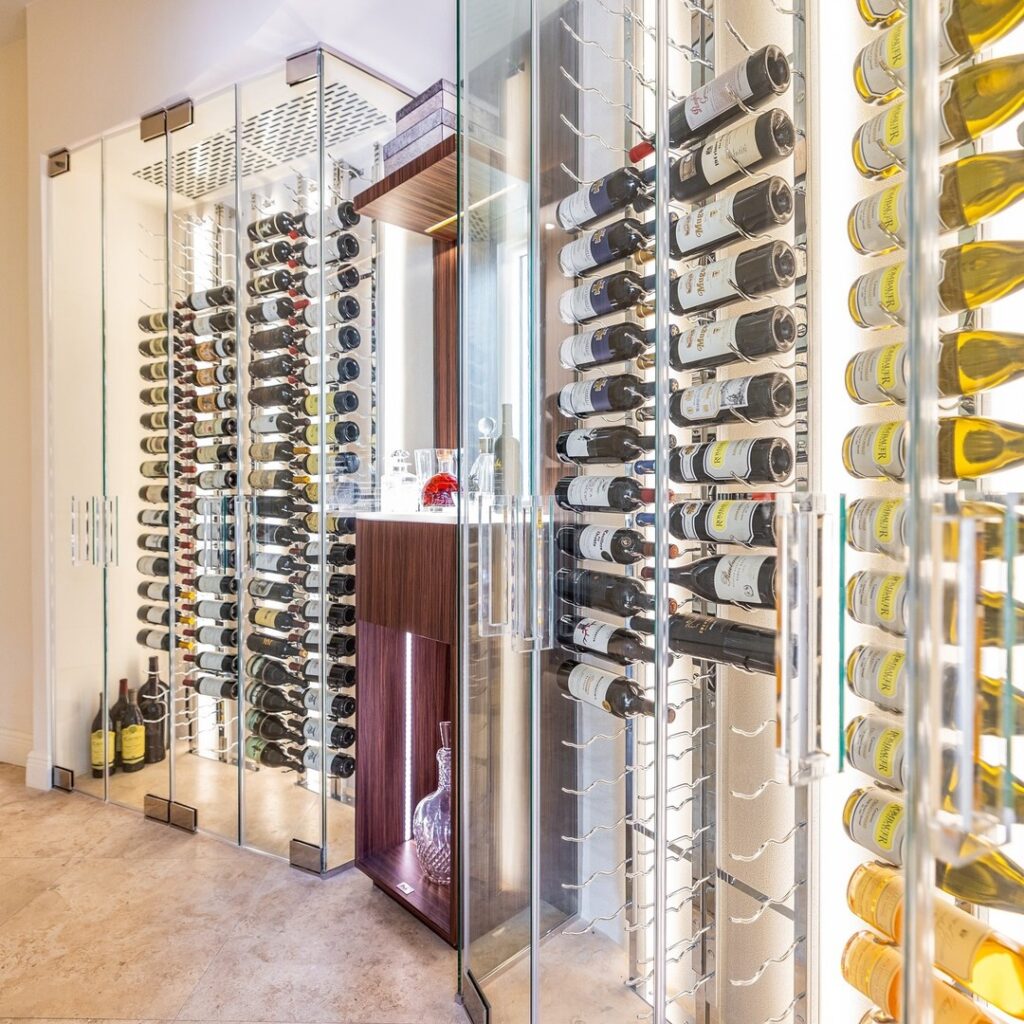There’s a world of difference between storing wine and cultivating a collection. A dedicated wine cellar is more than just a closet for bottles; it’s a sanctuary for your investment, a hub for entertainment, and a personal expression of your passion for wine. If you’ve ever dreamed of having your own wine cellar, this guide will walk you through the essential steps to turn that dream into a delicious reality.
Why Build a Wine Cellar?
Before we dive into the “how,” let’s consider the “why.” A proper wine cellar does three critical things:
Preserves Your Investment: It protects your wine from its greatest enemies: heat, light, vibration, and humidity fluctuations.
Enhances Aging: Fine wines evolve and improve with age under ideal conditions, developing complex flavors and aromas.
Creates an Experience: It becomes the heart of your home for entertaining, offering a dramatic and inviting space to share with friends and family.
Step 1: Find the Perfect Space
The first decision is location. You don’t need a medieval dungeon; you just need a space that can be properly insulated and climate-controlled. Great options include:
A Basement Corner: Often the ideal spot, as it’s naturally cooler and away from direct sunlight.
An Under-Stair Closet: A fantastic way to utilize often-wasted space.
A Spare Room or Walk-in Closet: Any interior room without an exterior wall can be a candidate.
A Purpose-Built Room: For the serious collector, converting an entire room is the ultimate solution.
Step 2: Master the Environment: It’s All About Climate
This is the non-negotiable heart of any real wine cellar. Without proper climate control, you are simply building a display, not a preservation system.
Temperature: Aim for a consistent 55°F (13°C). Fluctuations are the enemy of wine, causing it to expand and contract, which can push the cork out and let oxygen in.
Humidity: Maintain 50-70% humidity to keep corks from drying out and shrinking. A shrunken cork will let air in and spoil the wine.
The Essential Tool: To achieve this, you will need a wine cooling unit. These are specially designed for wine storage and are very different from a standard air conditioner. Consulting with a specialist at this stage is highly recommended.
Step 3: Insulate and Seal for Efficiency
To protect your wine and keep your energy bills low, proper insulation is key. Your wine cooling unit will have to work much less hard in a well-insulated space. Use vapor-barrier insulation on all six sides of the room—the four walls, the ceiling, and the floor. This creates a sealed envelope that locks in the cool, moist air and locks out the warm, dry air of your home.
Step 4: Choose Your Style: Racking Systems
This is where your personal style shines through. Your wine racking is the furniture of your cellar and should be both functional and beautiful.
Solid Wood: Offers a classic, timeless look. Woods like redwood and cedar are naturally resistant to moisture and add a wonderful aroma.
Metal: Provides a modern, industrial aesthetic. Metal racks are incredibly strong, durable, and offer clean lines.
Hybrid (Wood & Metal): The best of both worlds, combining the warmth of wood with the sleek strength of metal for a contemporary feel.
Consider a mix of storage types: single-bottle racks for your prized Bordeaux, diamond bins for bulk storage, and larger spaces for magnums and other odd-sized bottles.
Step 5: Set the Mood with Lighting and Finishes
The final layer is ambiance.
Lighting: Always use LED lights. They produce virtually no heat and are energy-efficient. Consider dimmers to create a soft, inviting glow. Avoid direct sunlight at all costs!
Flooring: Choose a material that can handle humidity. Stone, tile, or sealed cork are excellent choices. A moisture-resistant rug can add a touch of warmth.
Door: A solid, well-sealed door— preferably glass-fronted to showcase your collection or solid wood for maximum insulation—is the final piece of the climate-control puzzle.
Your Personal Vintage Awaits
Building a wine cellar is a rewarding project that pays dividends in both the quality of your wine and the quality of your time spent enjoying it. By carefully planning the location, prioritizing climate control, and selecting racking that reflects your taste, you can create a functional work of art—a personal vault where your favorite vintages can slumber peacefully until the perfect moment to be uncorked and celebrated.
Ready to start your project? Contact our team of specialists for a custom design consultation today!

